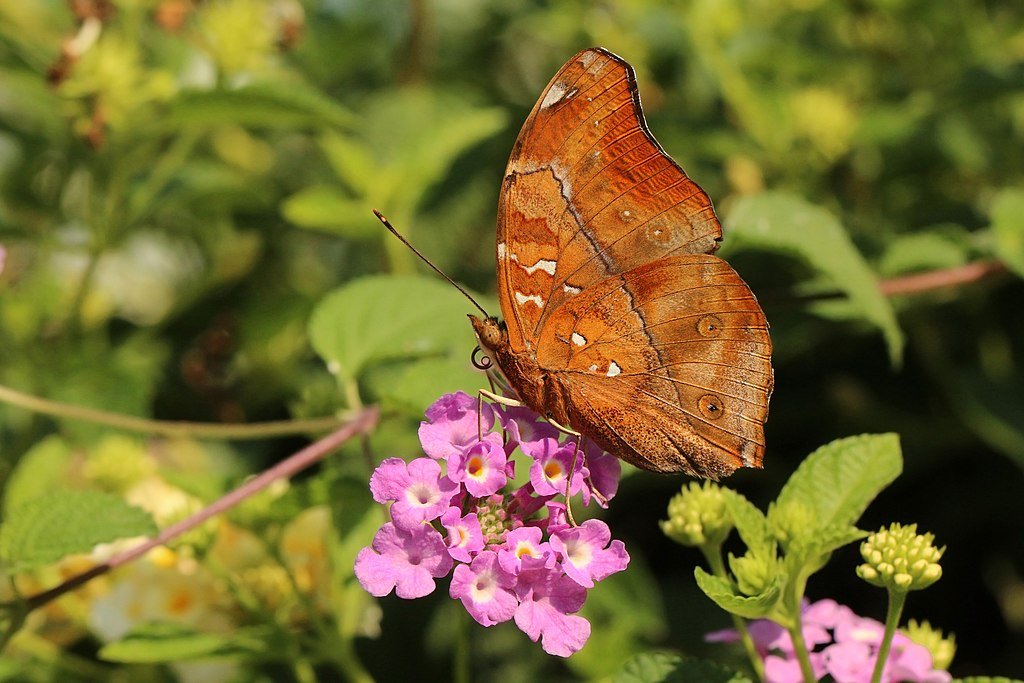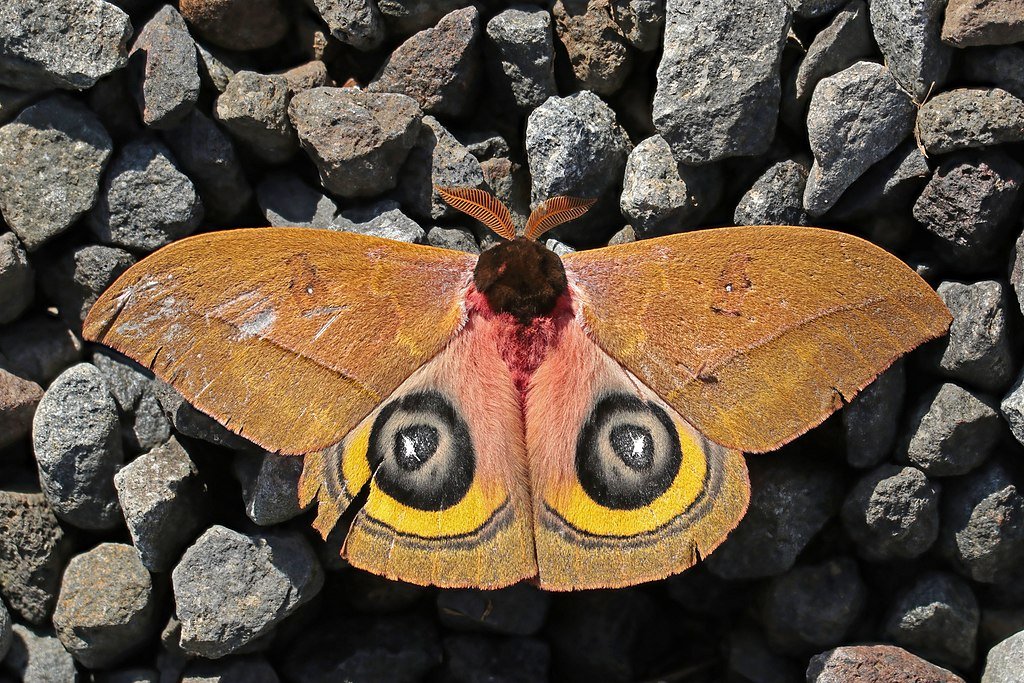A groundbreaking discovery has revealed the oldest physical evidence of butterflies and moths, dating back 236 million years to the Triassic period. Researchers uncovered microscopic scales from lepidopterans in fossilized dung samples, filling a 40-million-year gap in the evolutionary record of these insects.
The Discovery in Argentina

Paleontologists from Argentina and the UK analyzed dung samples from Talampaya National Park, a site that once served as a communal latrine for various ancient animals. The samples, preserved for millions of years, contained tiny 200-micron-long scales identified as belonging to lepidopterans—moths or butterflies. This discovery pushes back the earliest known physical evidence of these insects by 40 million years, providing crucial insights into their evolutionary history.
Evolutionary Significance of Lepidoptera

Prior research suggested that Lepidoptera first evolved around 241 million years ago, but physical evidence only dated back 201 million years. The newly discovered scales help bridge this gap, confirming that butterflies and moths existed much earlier than previously thought. Scientists believe the species identified, Ampatiri eloisae, belonged to the Glossata subgroup, meaning it likely had a proboscis similar to modern moths and butterflies.
Feeding Without Flowers
One of the most intriguing aspects of this discovery is that flowers did not exist during the Triassic. This means that early lepidopterans like A. eloisae had to rely on alternative food sources. Researchers suggest that these insects fed on sugary droplets produced by conifer and cycad trees, rather than nectar from flowering plants. This adaptation highlights the resilience and versatility of early butterflies and moths.
Implications for Paleontology and Future Research
This discovery not only extends the known timeline of Lepidoptera but also provides valuable insights into prehistoric ecosystems. Scientists plan to investigate whether similar fossilized scales exist in other Triassic deposits, potentially uncovering more ancient species. Understanding how early insects adapted to their environments can shed light on broader evolutionary patterns.
Conclusion
The identification of 236-million-year-old butterfly and moth scales marks a significant milestone in paleontology. By filling a crucial gap in the evolutionary record, this discovery enhances our understanding of how Lepidoptera thrived in prehistoric landscapes long before the emergence of flowering plants.
Source:





